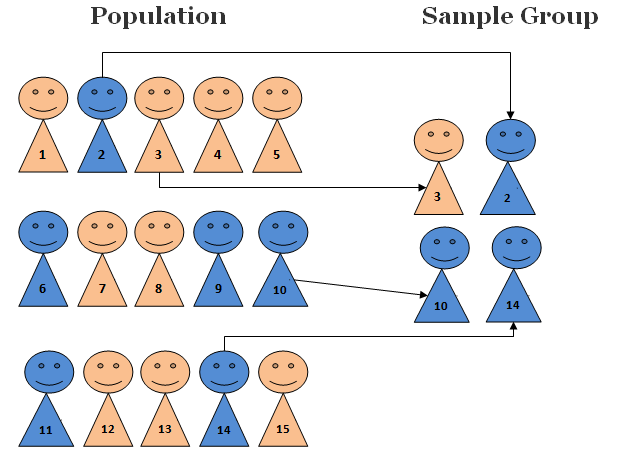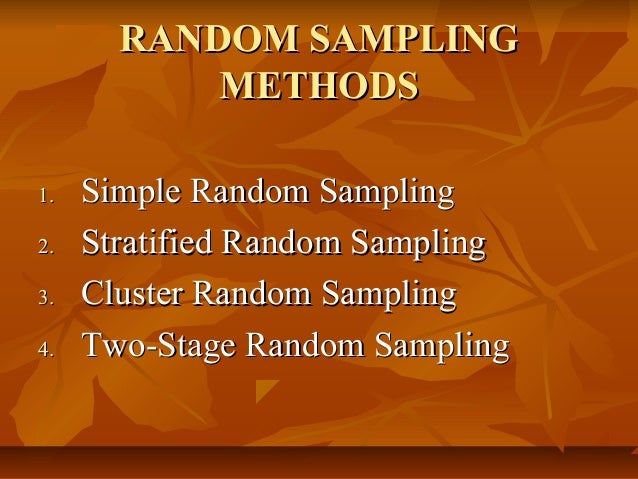

It covers everyone in the population at the same time and asks the same core questions. This method of sampling involves a non-random sampling technique wherein the samples are chosen based on certain criteria. In a census, information or measurements are collected from an entire population of a country or an area.they may not like the look of a candidate for the quota and pass them by until they find someone they do like). As the sample is not randomly selected the researchers could introduce selection bias into their choices (e.g.if a researcher is surveying people on the street and is looking for equal numbers of men and women, they may stop approaching men once their quota of male participants has been filled. This may mean that researchers will send out more study invitations to some groups than others, if numbers of people with that characteristic are low (i.e.These numbers are their 'quota' for each characteristic. Then researchers set out to recruit certain numbers of participants with these characteristics.First researchers identify important characteristics that they want their sample to contain.This is a non-random form of sampling and is often used when there is little time to recruit people for a study.While studies that use panel sampling follow the same groups of individuals, studies that use cohort sampling follow a cohort, but not necessarily the same individuals every time.Both cohort sampling and panel sampling are used to study changes over time, but they are not exactly the same.Cohort sampling involves recruiting from a group (or 'cohort') of people who share a specific event, such as the year they were born.Panel samples allows researchers to study changes within the population as well as changes in individual people, however they can be vulnerable to attrition if people leave the study before it is finished.For example, in a longitudinal survey, the same panel of people might be surveyed repeatedly over time.Panel sampling involves randomly choosing a group of people to be part of a panel that takes part in a study several times over a period of time.Cluster sampling is a quicker and easier way to get a representative sample, but there is a higher chance of error than with probability sampling.Everyone in each cluster is asked to take part in the research, so the sample represents the diversity of different people within the each area.The population is divided into areas called clusters, and researchers randomly select which clusters to include in the study.If a population is spread across a large geographical area, like a large city or country, it might be easier to use cluster sampling than to sample from the whole population.This method ensures the sample contains enough people from each group that the researchers are interested in, which allows researchers to study differences within and between those group.

In stratified random sampling, researchers select groups (or 'strata') and randomly choose participants from within those groups.Sometimes researchers are interested in understanding more about the specific sub-groups within populations, such as different ethnic groups or age groups.If the sample is large enough, you can be confident that there is a good chance the rest of the population will behave in the same way.Each person in the population has the same chance of being chosen.People are randomly chosen from a population.Here is a list of what those methods are, and why they might be used: Researchers use various different approaches to identifying the people they want to include in research.


 0 kommentar(er)
0 kommentar(er)
